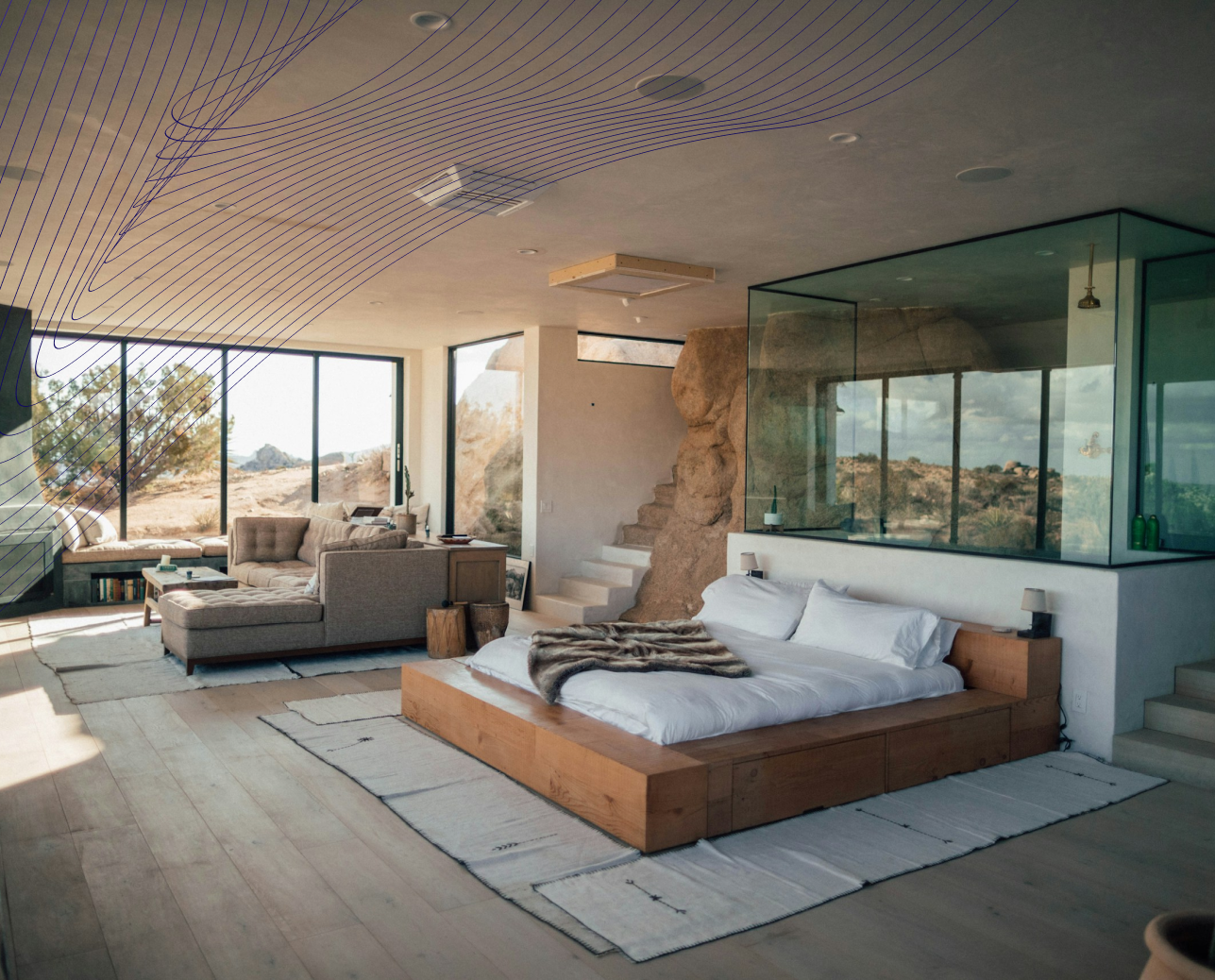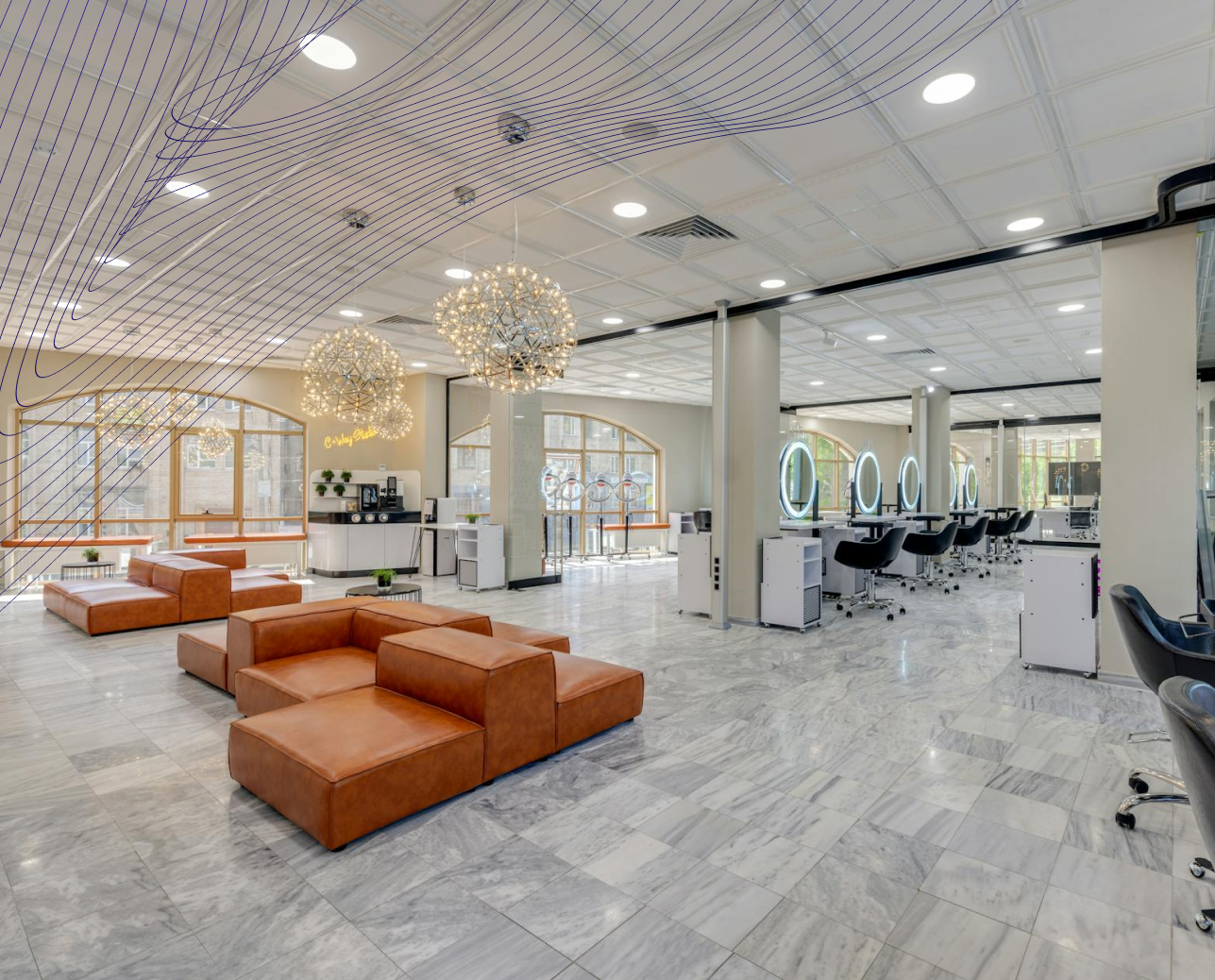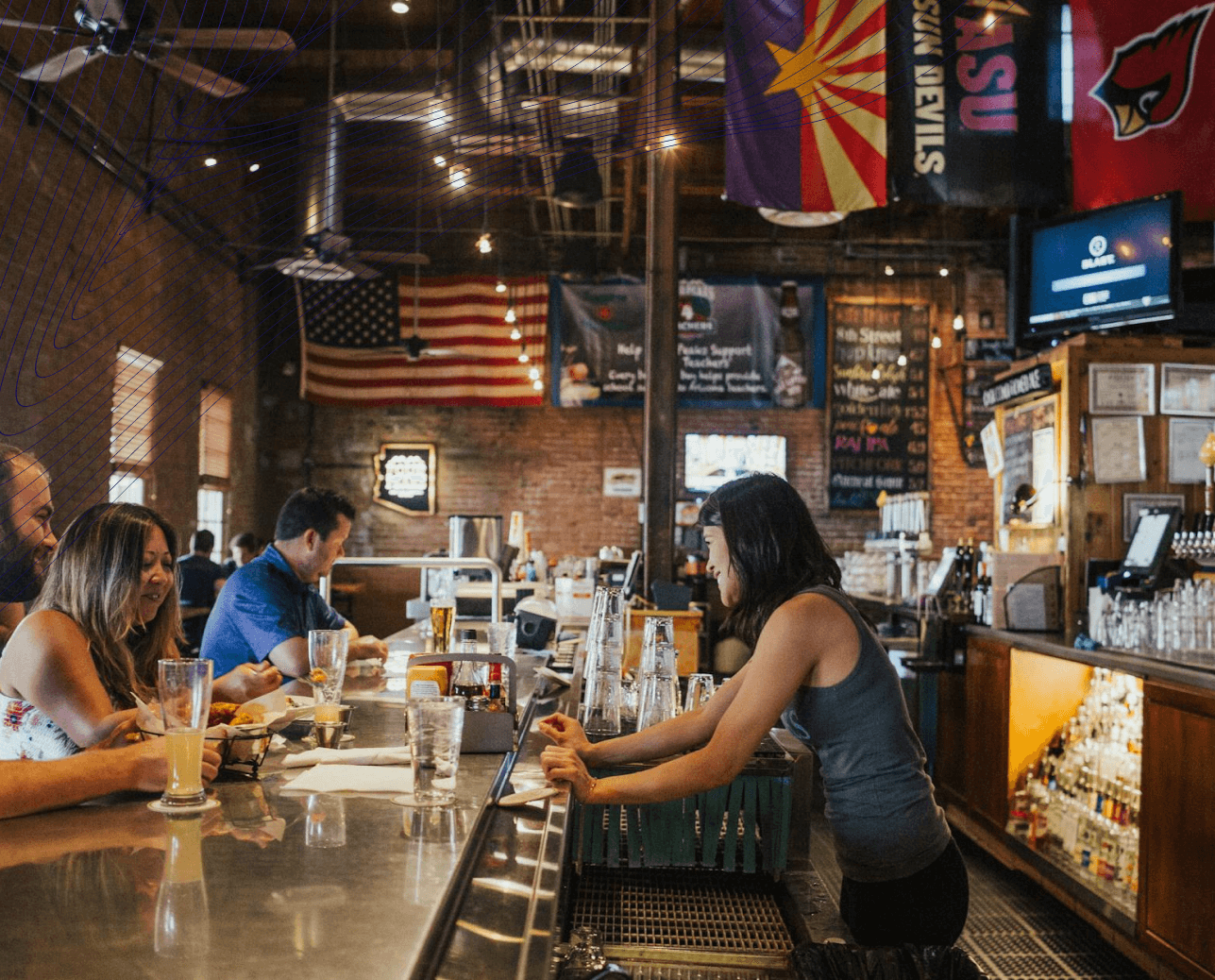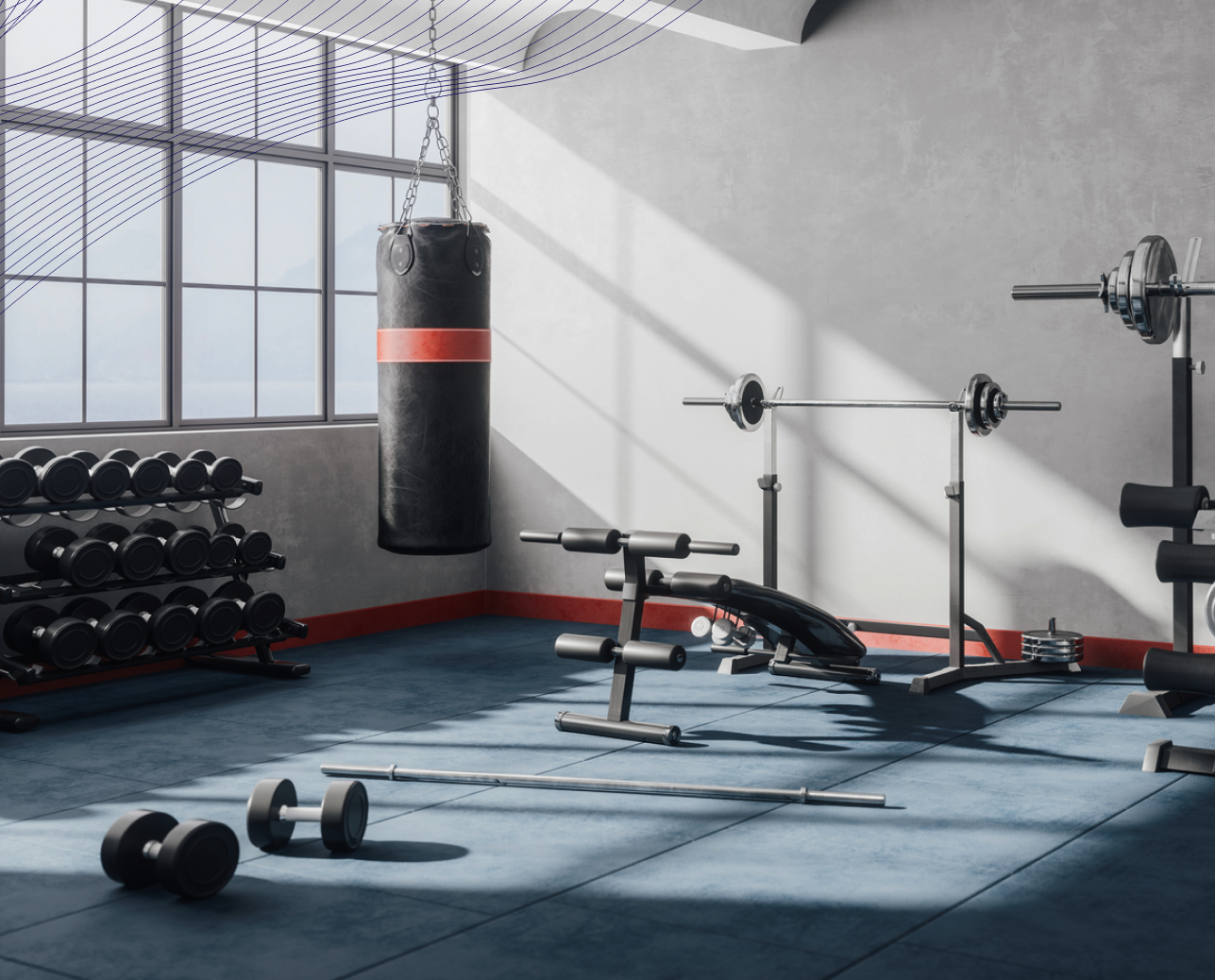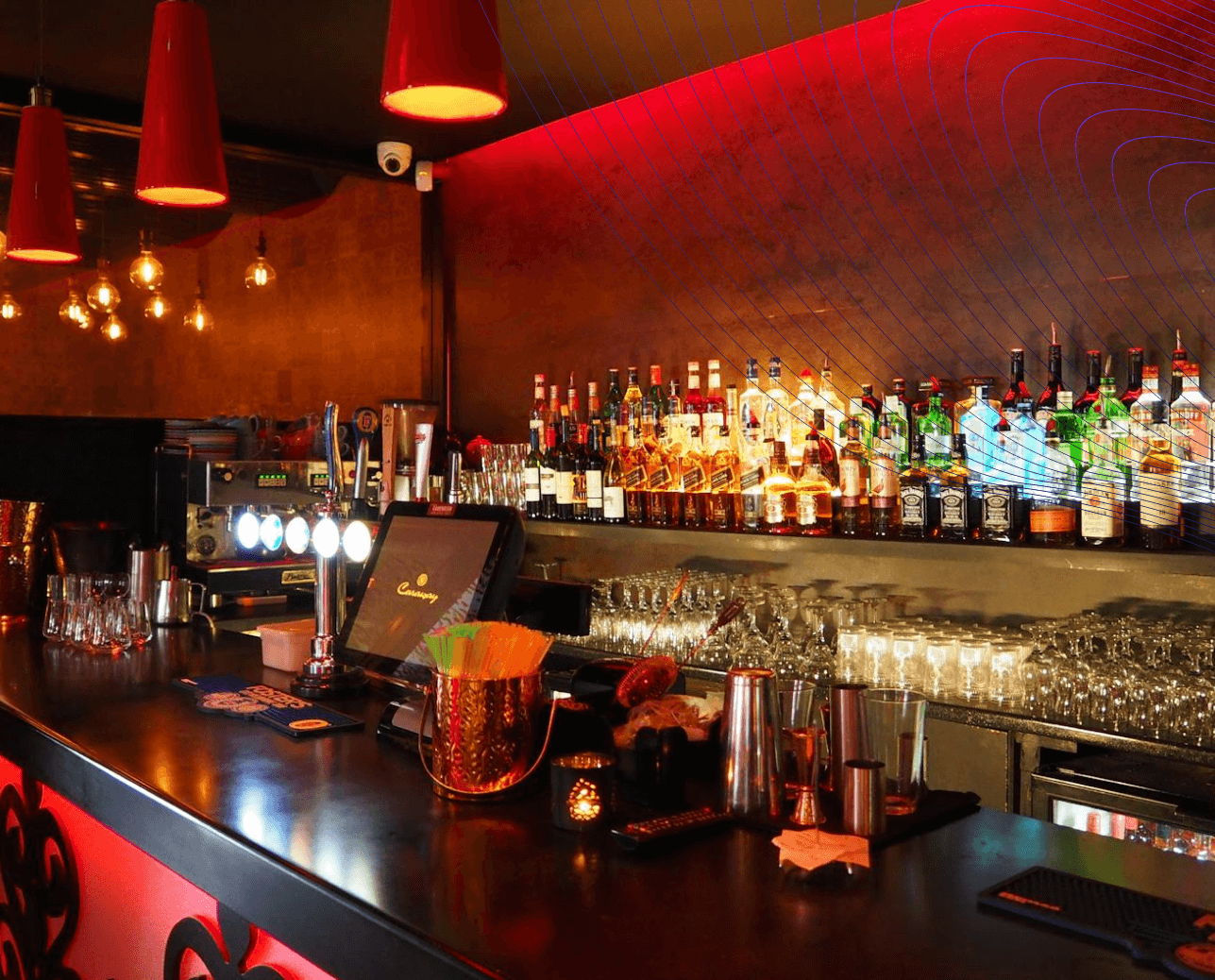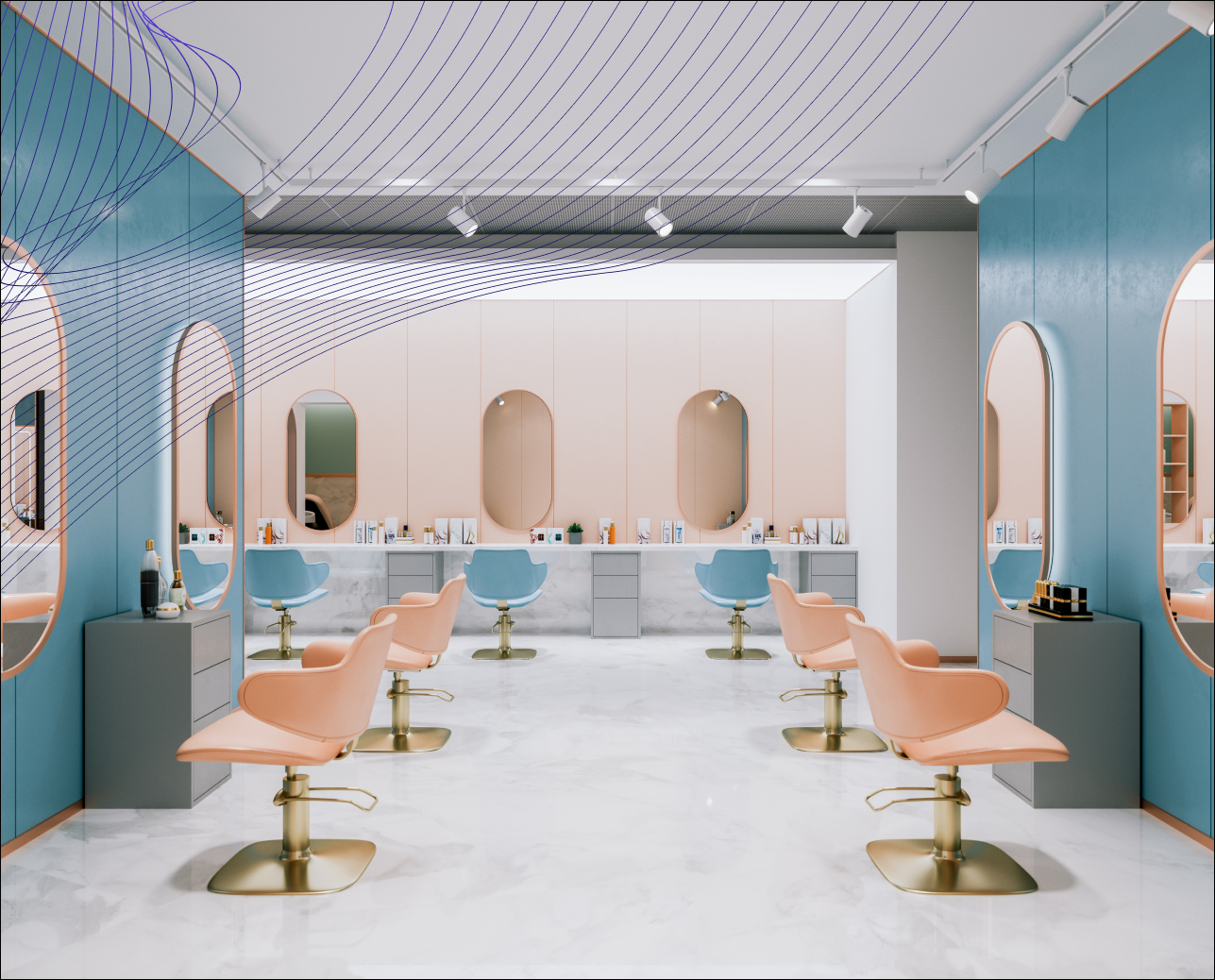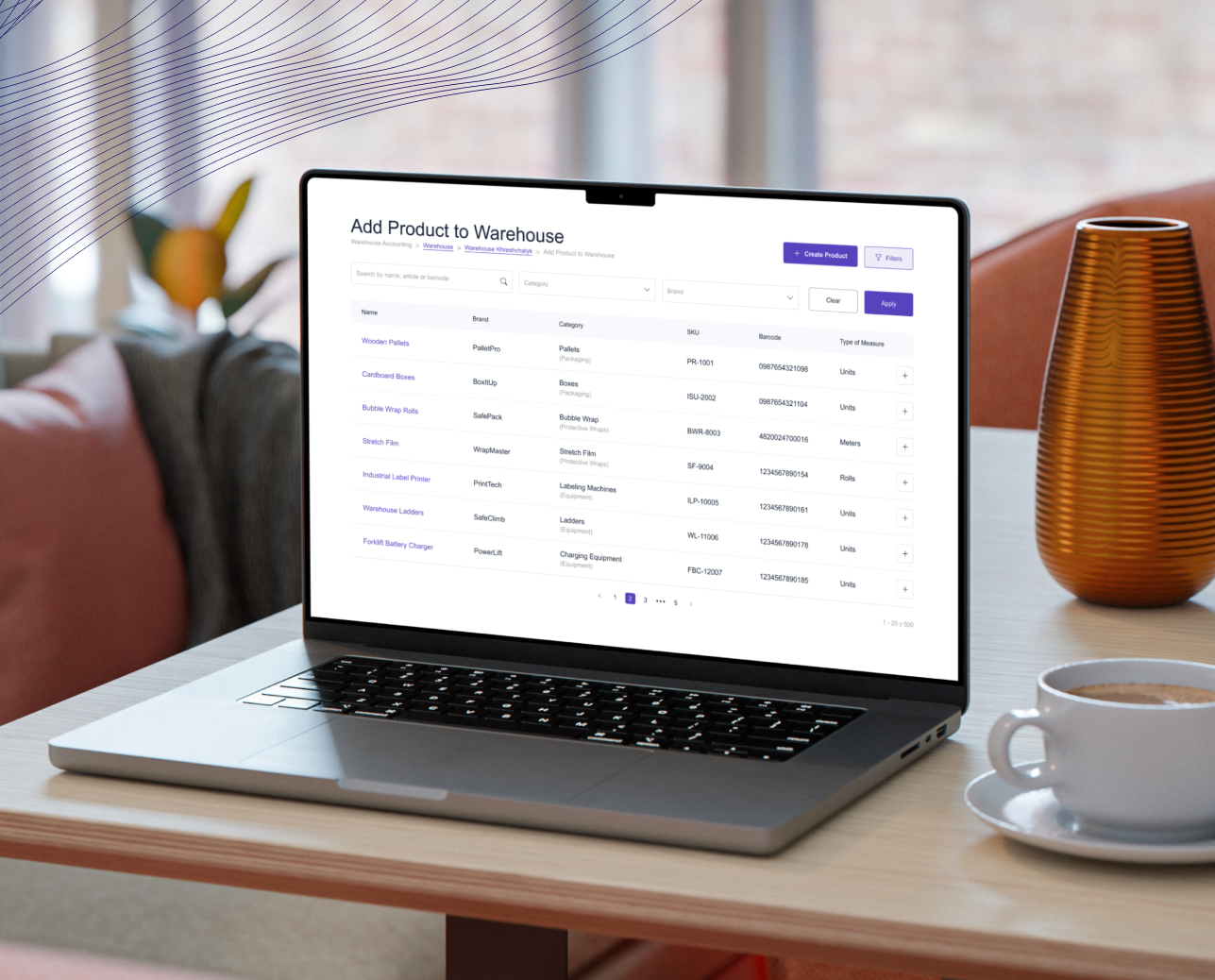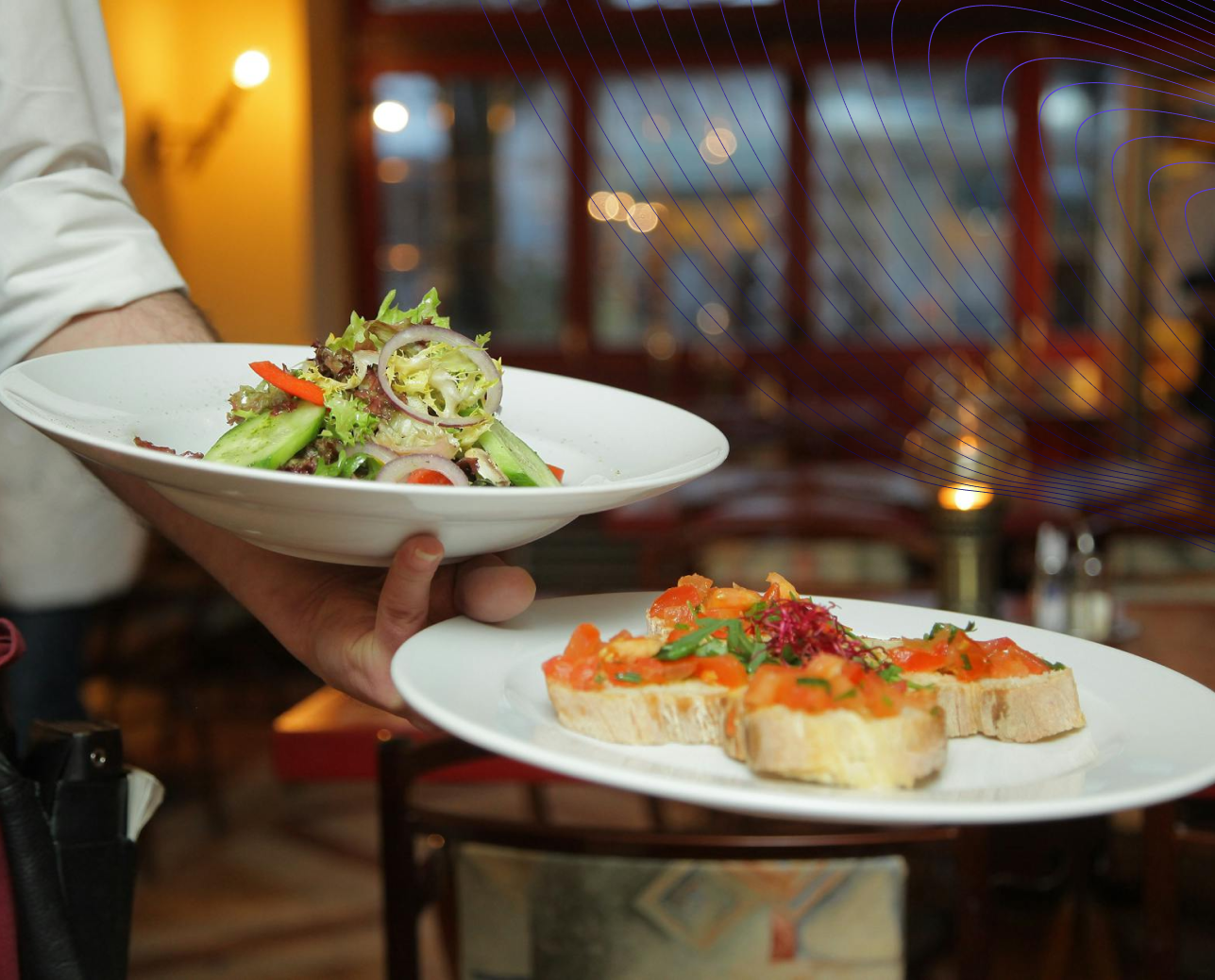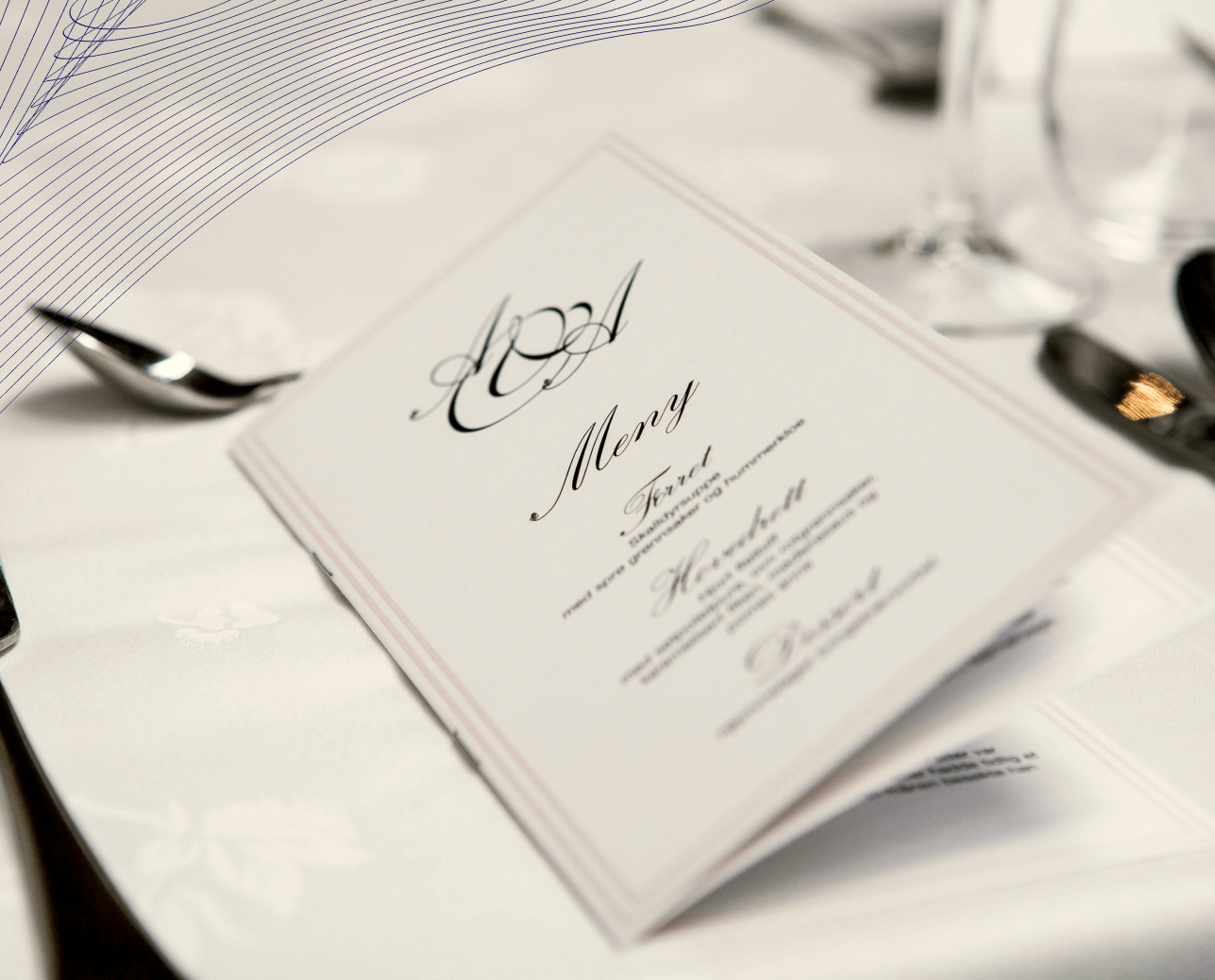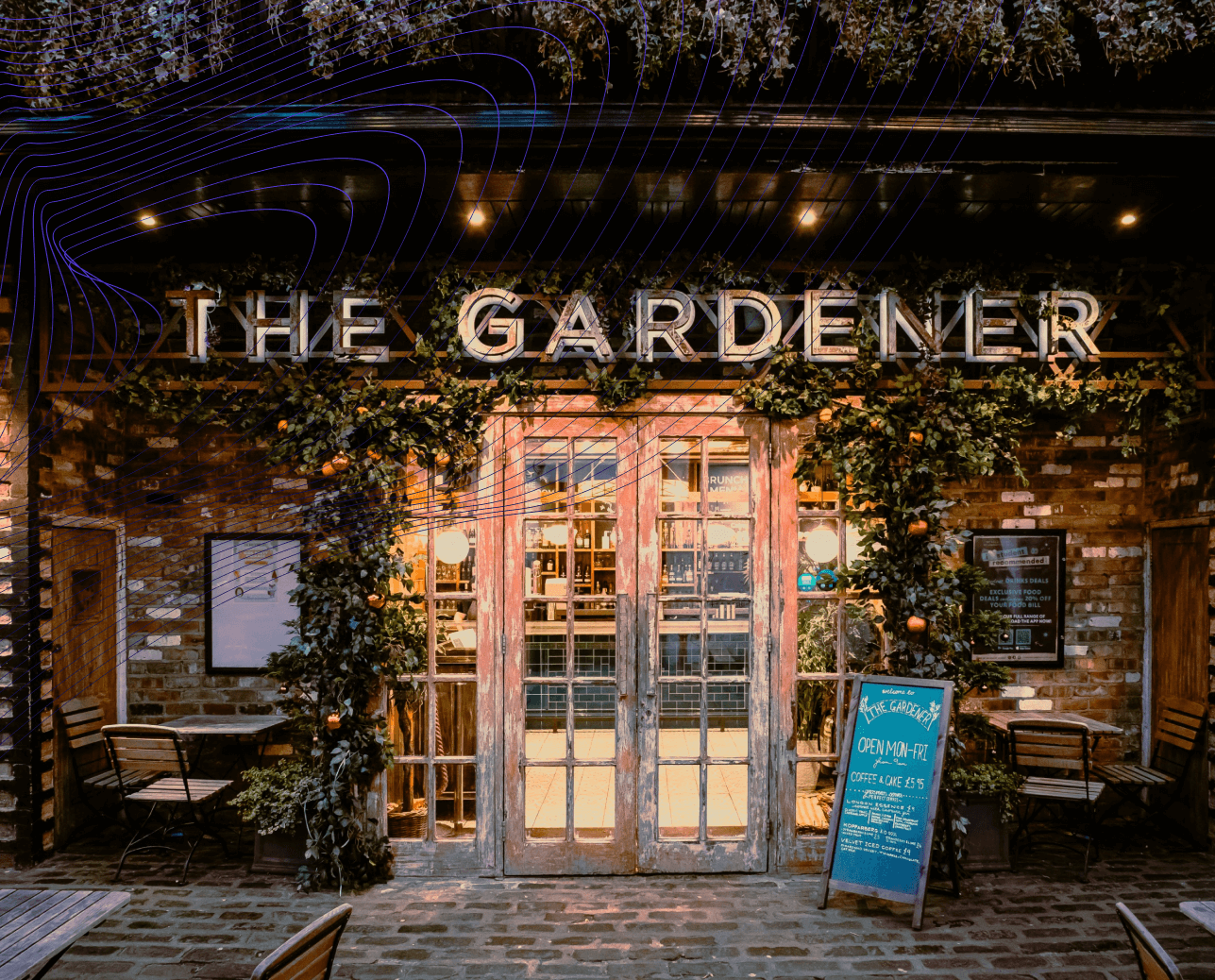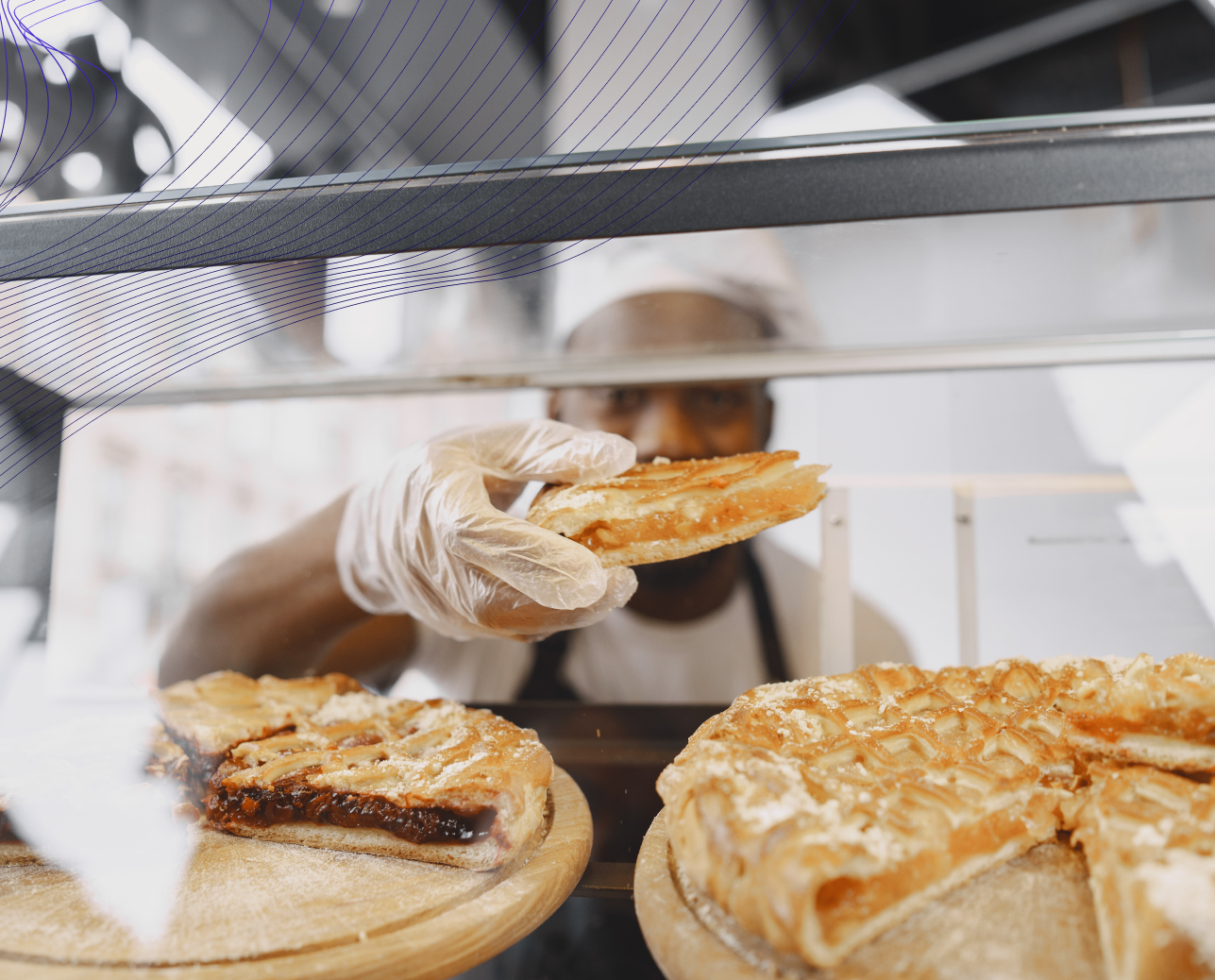How to Open a Bar: A Step-by-Step Guide for Aspiring Entrepreneurs
Opening a new bar is an exciting venture, but it requires careful planning and attention to detail. Whether you dream of creating a laid-back pub or an upscale cocktail lounge, this guide will walk you through the essential steps, costs, and considerations for success. Let’s dive into the key elements of starting a bar business and turning your entrepreneurial dream into reality.

Tips for Opening a Bar
As you begin planning, it’s important to focus on a few fundamental areas to ensure your bar’s success. These include selecting a unique concept, understanding your target audience, and scouting the perfect location.

How to Define Your Bar’s Concept and Niche
Defining a strong concept is crucial to set your bar apart from the competition. Think about the kind of experience you want to create. Will it be a cozy spot for after-work drinks, a high-end cocktail lounge, or a lively sports bar? Your concept will influence everything from your menu to your marketing strategy.
Once you’ve decided on a theme, make sure it fits your local market. Consider what types of bars already exist in your area and how you can differentiate yourself. A unique selling proposition – whether it’s your drink selection, ambiance, or entertainment options – will give customers a reason to choose your bar over others.

Researching Your Target Audience and Competitors
Identifying your target audience is critical. Are you aiming to attract young professionals, college students, or families? Understanding who your customers are will guide every decision you make, from your drink menu to your pricing strategy.
Competitor research is equally important. Visit local bars, study their operations, and see what draws in their customers. You don’t need to reinvent the wheel, but knowing what works and what doesn’t can give you an edge. Don’t be afraid to adapt successful strategies to fit your bar’s concept.
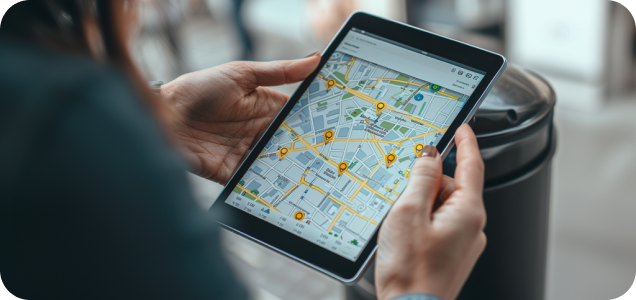
Tips for Finding the Perfect Location for Your Bar
Location can make or break your business. You want to choose a spot that’s convenient for your target audience but not oversaturated with competitors. High-traffic areas, such as near shopping districts, colleges, or busy downtown streets, are often prime locations for bars.
But it’s not just about foot traffic. Make sure your space has the right ambiance and room to accommodate your seating, bar area, and any other activities, like live music or dancing. A great location will help your bar attract customers and thrive.
Steps to Opening a Bar
Now that you have a solid concept and an understanding of your market, let’s walk through the steps to starting a bar.

Step 1: Creating a Solid Business Plan for a Bar
A business plan is the foundation of your bar. It serves as a roadmap for your operations and is essential if you’re seeking financing. At a minimum, your business plan should include an executive summary, a market analysis, and detailed financial projections.
In your market analysis, include data on your local bar industry and explain how your concept fits into the market. Use financial projections to estimate start-up costs, monthly expenses, and expected revenue. This information will not only help you secure funding but will also guide your decisions as you move forward.

Step 2: Securing Financing to Start Up a Bar
Once you have a clear business plan of a bar, it’s time to secure financing. Opening a bar business requires significant capital, and most entrepreneurs seek outside funding to get started.
-
Small Business Loans – Banks and the Small Business Administration (SBA) offer loans with competitive interest rates, though they require a strong business plan.
-
Private Investors – You can attract investors who are willing to fund your bar in exchange for a percentage of ownership or future profits.
-
Personal Savings – If you have the resources, self-funding your business is an option, though it carries significant personal risk.
Make sure to secure enough capital to cover both initial start-up costs and several months of operational expenses.
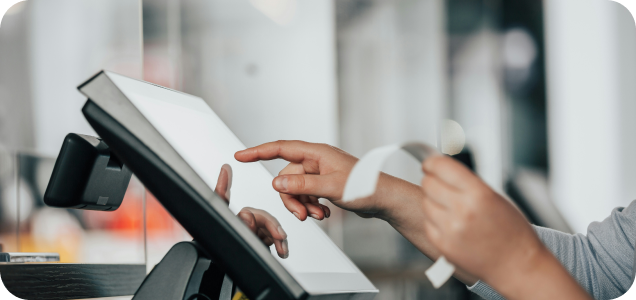
Step 3: Choosing the Right Bar Equipment and POS System
With financing in place, you’ll need to purchase the necessary equipment to run your bar efficiently. While choosing your equipment, keep your bar’s concept and operational needs in mind.
-
Bar Furniture and Fixtures: Make sure the seating is comfortable, and the layout promotes a good customer flow.
-
Bar Tools: Invest in quality tools like shakers, blenders, and ice machines.
-
Refrigeration and Storage: Adequate refrigeration is vital for keeping ingredients fresh, while proper storage helps with organization.
-
POS System: A modern bar point-of-sale system can help streamline operations, manage inventory, and track sales.
Investing in high-quality equipment upfront can prevent operational headaches later on and ensure that your bar runs smoothly from day one.
How Much Does It Cost to Open a Bar?
Understanding the costs of opening a bar is crucial for proper budgeting and financial planning. Costs can vary widely based on the size and location of your bar, as well as your concept and design.

Initial Start-Up Costs for a Bar
Here’s an overview of the most common initial expenses you’ll face when starting up a bar:
-
Property Costs: Leasing or purchasing a property can range from $2,000 to $12,000 per month, depending on the location and size.
-
Renovations: Remodeling and furnishing your bar will likely cost between $10,000 and $100,000, depending on the scope of the work.
-
Licensing: You’ll need to secure a liquor license, which can cost anywhere from $500 to $12,000, as well as other permits.
These are just a few of the big-ticket items you’ll need to account for. The total start-up costs for a bar could range from $100,000 to $500,000 or more, depending on the specifics of your business.

Ongoing Operational Costs and Hidden Expenses
Even after the initial investment, you’ll face ongoing operational costs. These include:
-
Staffing: Salaries and wages for bartenders, servers, and managers.
-
Inventory: Regular restocking of alcohol, mixers, and food supplies.
-
Utilities: Monthly utility bills for water, electricity, gas, and internet.
-
Marketing: Ongoing marketing efforts to attract and retain customers.
Make sure to factor in hidden costs like repairs, insurance, and taxes, which can eat into your profits if not properly budgeted for.
What Licenses Do You Need to Open a Bar?
Before you can legally open your bar, you’ll need to obtain several licenses and permits. The exact requirements will vary depending on your location, so be sure to check local and state regulations.

Obtaining a Liquor License
The liquor license is the most critical permit you’ll need. Without it, you won’t be able to serve alcohol, and obtaining one can be time-consuming and expensive.
-
Research Local Regulations: Start by researching your local liquor laws. Some states have limits on how many licenses are issued each year.
-
Application Process: Gather the necessary documents, including proof of business ownership, financial statements, and property zoning approval.
-
Costs: Depending on your state and the type of license, costs can range from a few hundred to several thousand dollars.
Plan ahead, as obtaining a liquor license can take several months.

Health and Safety Regulations for Bars
In addition to the liquor license, you’ll need to comply with health and safety regulations. These include:
-
Food Service Permits: If you plan to serve food, you’ll need a food service permit and will be subject to regular health inspections.
-
Fire Safety Permits: Make sure your bar complies with fire safety codes, which may require the installation of smoke detectors, fire extinguishers, and emergency exits.
Failing to meet these requirements can result in hefty fines or even the closure of your bar, so it’s important to ensure all regulations are followed.
Is Opening a Bar Profitable?
Many entrepreneurs are drawn to the bar industry with hopes of high profits, but the truth is, profitability depends on several factors. Bars can be profitable, but success requires careful management and a strong business model.
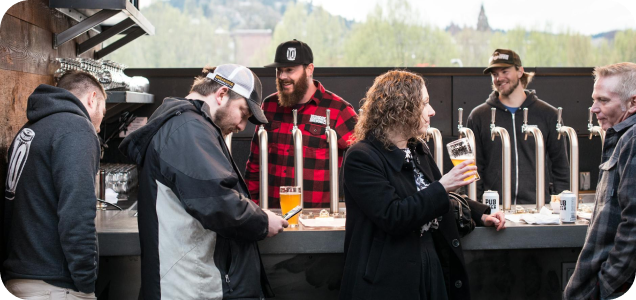
Factors that Influence Bar Profitability
Several elements can impact the profitability of your bar, including:
-
Location: A prime location with high foot traffic and limited competition can significantly increase your profits.
-
Operating Costs: Keeping your operational costs in check, such as rent and utilities, will allow you to maximize your margins.
-
Menu Pricing: Offering a well-priced drink and food menu that matches your customer base can improve sales.
Bars with loyal, repeat customers often fare better than those that rely on occasional or seasonal visitors.

Average Profit Margins in the Bar Industry
On average, bars can expect profit margins of around 10-15%. Upscale bars tend to have higher margins due to premium pricing, while casual neighborhood bars may see lower margins but higher volume.
It’s important to monitor your expenses closely, as small changes can have a significant impact on your overall profitability.

Key Strategies to Maximize Bar Profitability
If you want to boost your bar’s profits, consider these strategies:
-
Offer Promotions: Host themed nights or happy hour specials to draw in crowds during slower hours.
-
Expand Your Offerings: Introduce food or signature cocktails to increase the average spend per customer.
-
Upsell Premium Drinks: Train your staff to recommend top-shelf options, which can significantly increase your revenue.
Maximizing efficiency, reducing waste, and offering excellent customer service are key components of running a profitable bar.
Bar Opening Checklist
With your plans in place, you’re almost ready to start. Follow this checklist for opening a bar to ensure a successful launch.

Pre-Launch Preparations: Finalizing Your Bar Setup
Before you officially open your doors, there are a few final steps to complete:
-
Train Your Staff: Make sure your team is well-trained on customer service, the menu, and the POS system.
-
Stock Up: Ensure you have enough inventory to meet the demands of your grand opening.
-
Test Run: Consider hosting a soft opening to iron out any issues before your official launch.
Taking these steps in opening a bar can help ensure your opening goes smoothly and leaves a positive impression on your first customers.
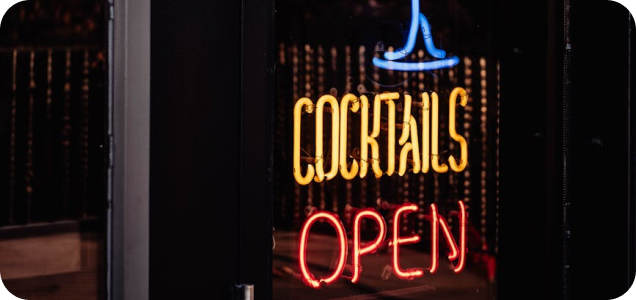
Grand Opening: Marketing and Event Planning
A successful bar grand opening can set the tone for your bar’s future success. Plan a memorable event that will draw in customers and generate buzz.
-
Promote the Event: Use social media, flyers, and partnerships with local businesses to spread the word.
-
Offer Specials: Consider offering discounted drinks or a complimentary appetizer to attract customers.
-
Host Entertainment: Live music, a DJ, or special guests can make your event more exciting.
Don’t forget to collect customer feedback during and after the event to gauge their experience.
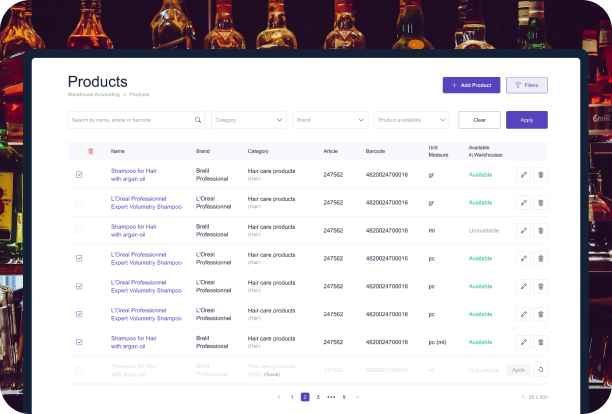
Post-Launch Operations: Tracking Performance and Growth
After your grand opening, it’s time to focus on maintaining and growing your bar. This involves:
-
Tracking Sales: Use your POS system to monitor daily sales and identify popular items.
-
Customer Feedback: Encourage online reviews and adjust your offerings based on customer input.
-
Plan for Growth: Consider hosting regular events, introducing new menu items, or expanding your hours to attract new customers.
With these steps in place, your bar will be well-positioned for long-term success.
Conclusion
Opening a successful bar is a complex but rewarding venture. To succeed, it’s crucial to start with a solid plan that includes understanding your target audience, developing a unique concept, and securing the right location. Be prepared for significant bar opening costs, including property leases, licenses, and equipment, while also budgeting for ongoing expenses like staffing and inventory.
The process involves key steps: creating a thorough bar business plan, securing financing, purchasing equipment, and obtaining necessary licenses. Additionally, profitability in the bar industry depends on factors like location, menu pricing, and operational efficiency. Maximizing profits requires strategies such as offering promotions, upselling premium drinks, and delivering excellent customer service.
Remember, the success of your bar doesn't end with the grand opening. Continue tracking performance, collecting customer feedback, and adjusting your operations to ensure long-term growth. With the right approach and a bit of perseverance, your bar can become a popular and profitable destination.

Was This Article Helpful?
Click on a star to rate it!
Thank you for your vote!

Average Rating: 0/5 Votes: 0
Be the first to rate this post!
View more
Related Articles
Starting a Spa Massage Business: A Complete Guide to Success
The wellness industry is booming, offering excellent opportunities for entrepreneurs looking to start a spa business. In today's fast-paced world, mor...
Understanding Prices for Food Trucks: A Comprehensive Guide
So you want to start a food truck? Awesome choice! But before you hit the road, you have to figure out how much food trucks cost and what other expens...
Liquor Store Opening: Step-by-Step Guide to Launching and Operating
Opening a liquor store can be an exciting and rewarding journey, but it’s not a business you want to jump into without preparation. From understanding...
Complete Guide on How to Open a Pet Store: Unique Steps and Tips
The pet industry is booming, making it an ideal time for starting a pet store business. With pet ownership steadily increasing, the demand for quality...
How to Start an Ice Cream Truck Business?
Starting an ice cream truck business can be a lucrative and enjoyable venture for those who love being their own boss, engaging with the community, an...
How to Start a Gym as a Business: From Concept to Reality
Starting a gym business is a rewarding opportunity that combines a passion for fitness with entrepreneurial success. However, it involves far more tha...
How to Make a Restaurant Menu Design?
Designing a restaurant menu is a crucial aspect of the restaurant industry. A well-crafted menu does more than list the dishes offered; it serves as a...
Your Ultimate Guide on How to Open a Pharmacy Business
Starting a pharmacy business can be a rewarding and profitable venture if approached correctly. Pharmacies play a crucial role in communities by provi...
Starting a Spa Massage Business: A Complete Guide to Success
The wellness industry is booming, offering excellent opportunities for entrepreneurs looking to start a spa business. In today's fast-paced world, mor...
Understanding Prices for Food Trucks: A Comprehensive Guide
So you want to start a food truck? Awesome choice! But before you hit the road, you have to figure out how much food trucks cost and what other expens...
Liquor Store Opening: Step-by-Step Guide to Launching and Operating
Opening a liquor store can be an exciting and rewarding journey, but it’s not a business you want to jump into without preparation. From understanding...
Complete Guide on How to Open a Pet Store: Unique Steps and Tips
The pet industry is booming, making it an ideal time for starting a pet store business. With pet ownership steadily increasing, the demand for quality...
How to Start an Ice Cream Truck Business?
Starting an ice cream truck business can be a lucrative and enjoyable venture for those who love being their own boss, engaging with the community, an...
How to Start a Gym as a Business: From Concept to Reality
Starting a gym business is a rewarding opportunity that combines a passion for fitness with entrepreneurial success. However, it involves far more tha...
How to Make a Restaurant Menu Design?
Designing a restaurant menu is a crucial aspect of the restaurant industry. A well-crafted menu does more than list the dishes offered; it serves as a...
Your Ultimate Guide on How to Open a Pharmacy Business
Starting a pharmacy business can be a rewarding and profitable venture if approached correctly. Pharmacies play a crucial role in communities by provi...
View more


